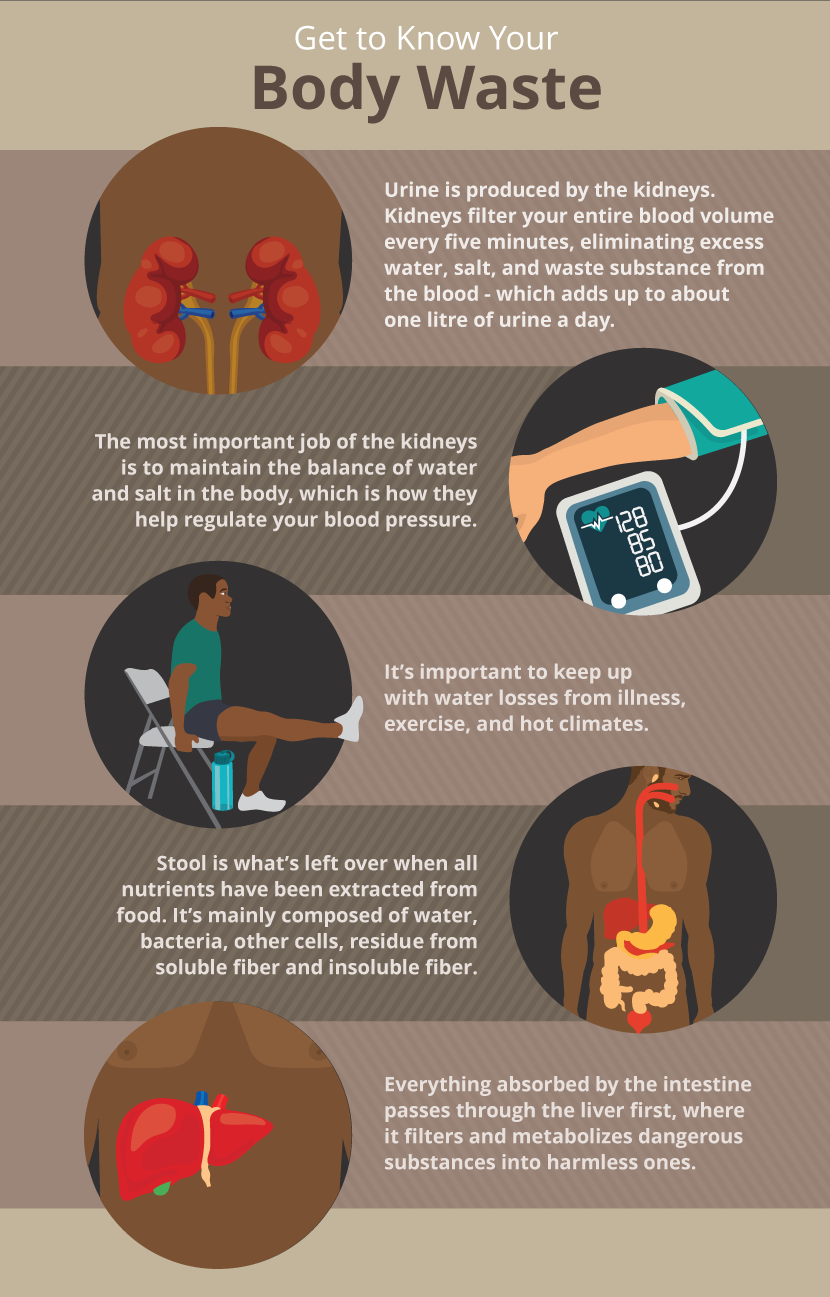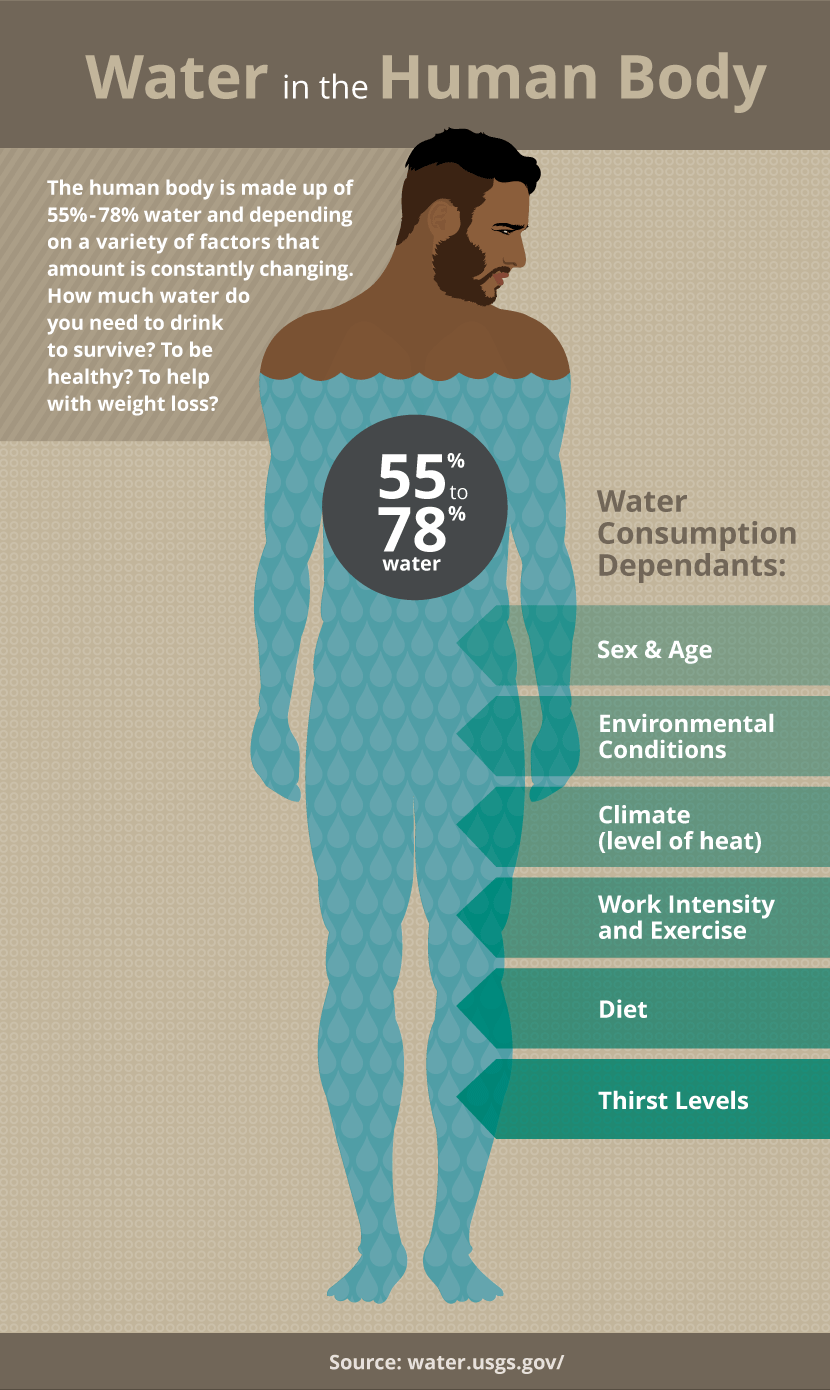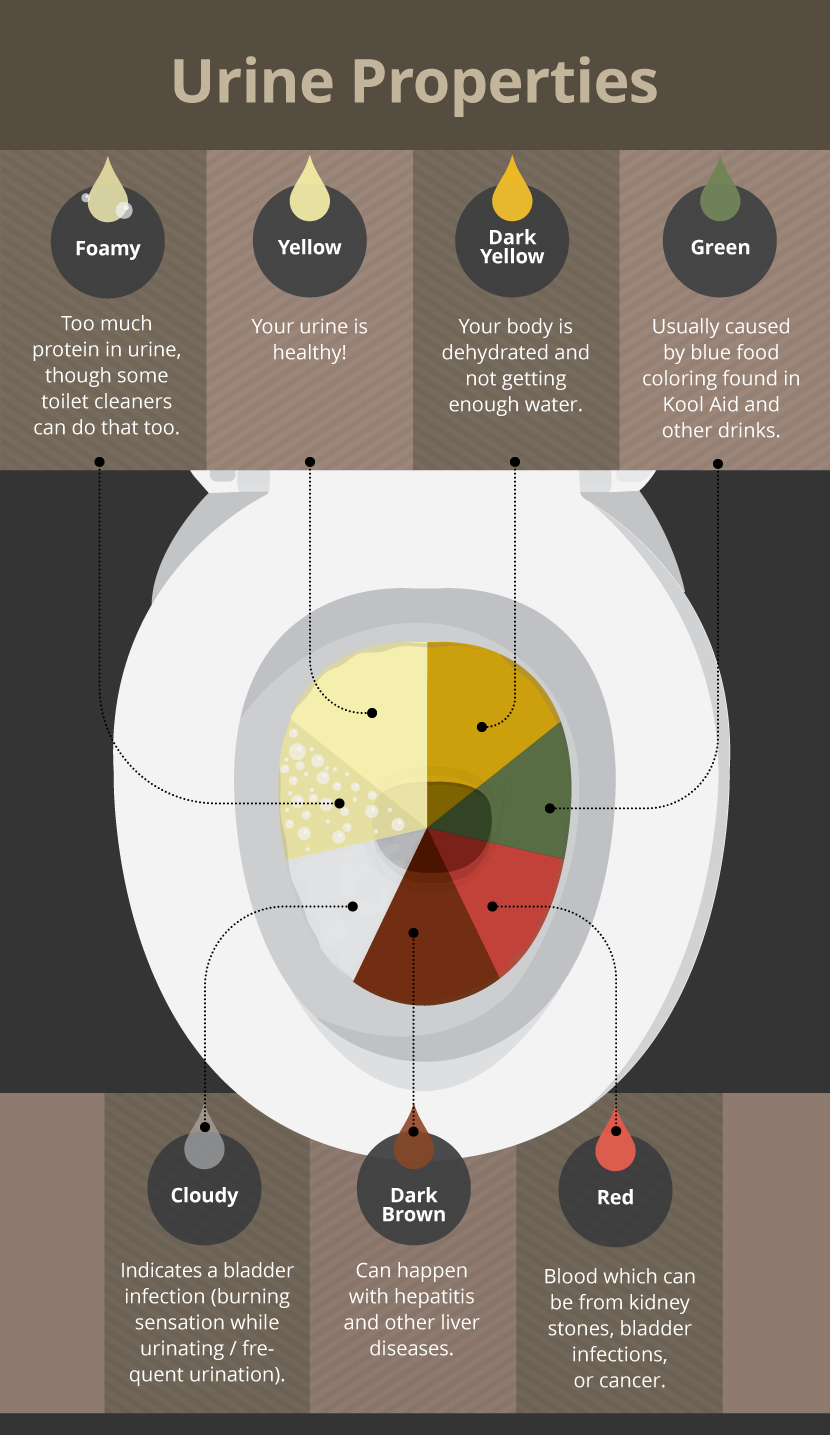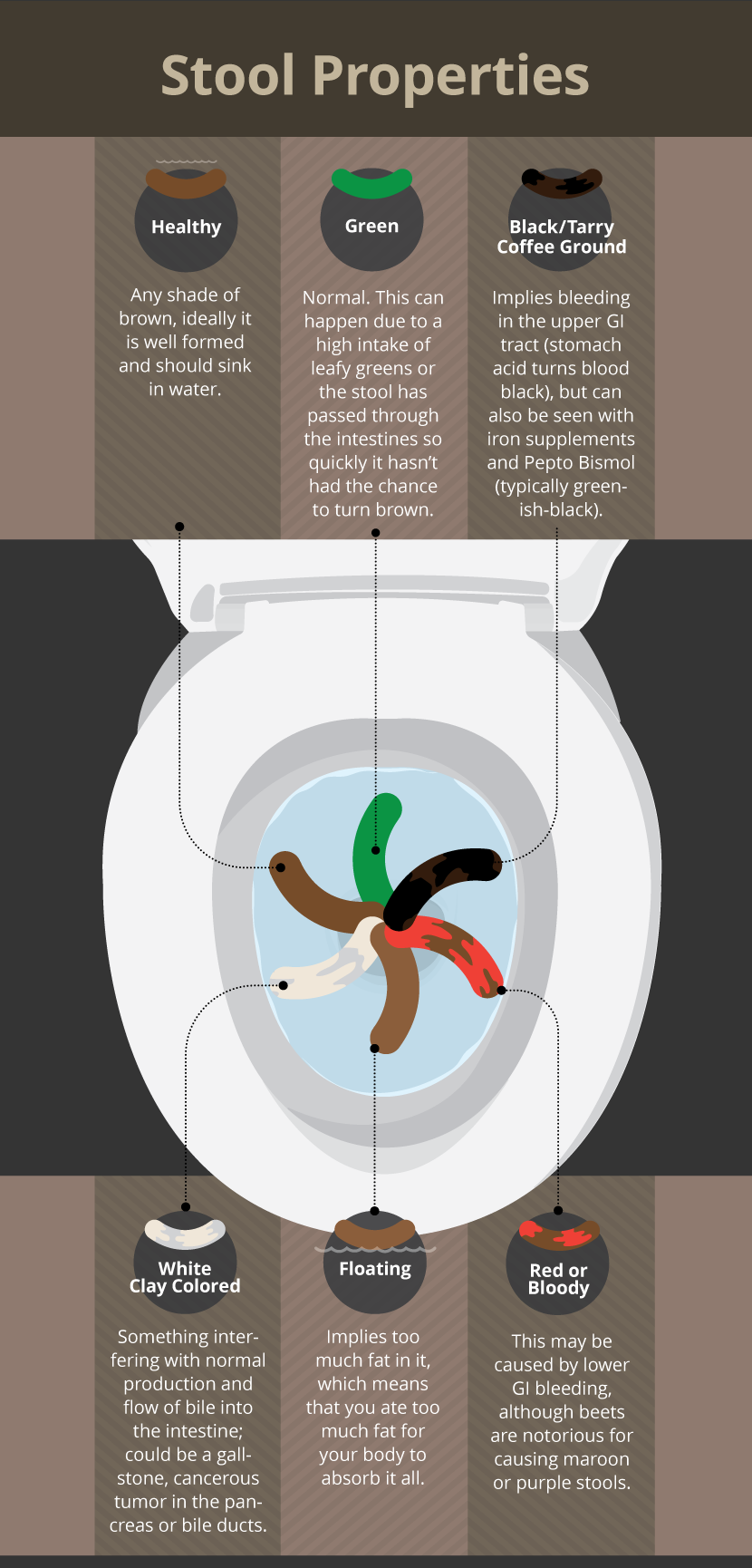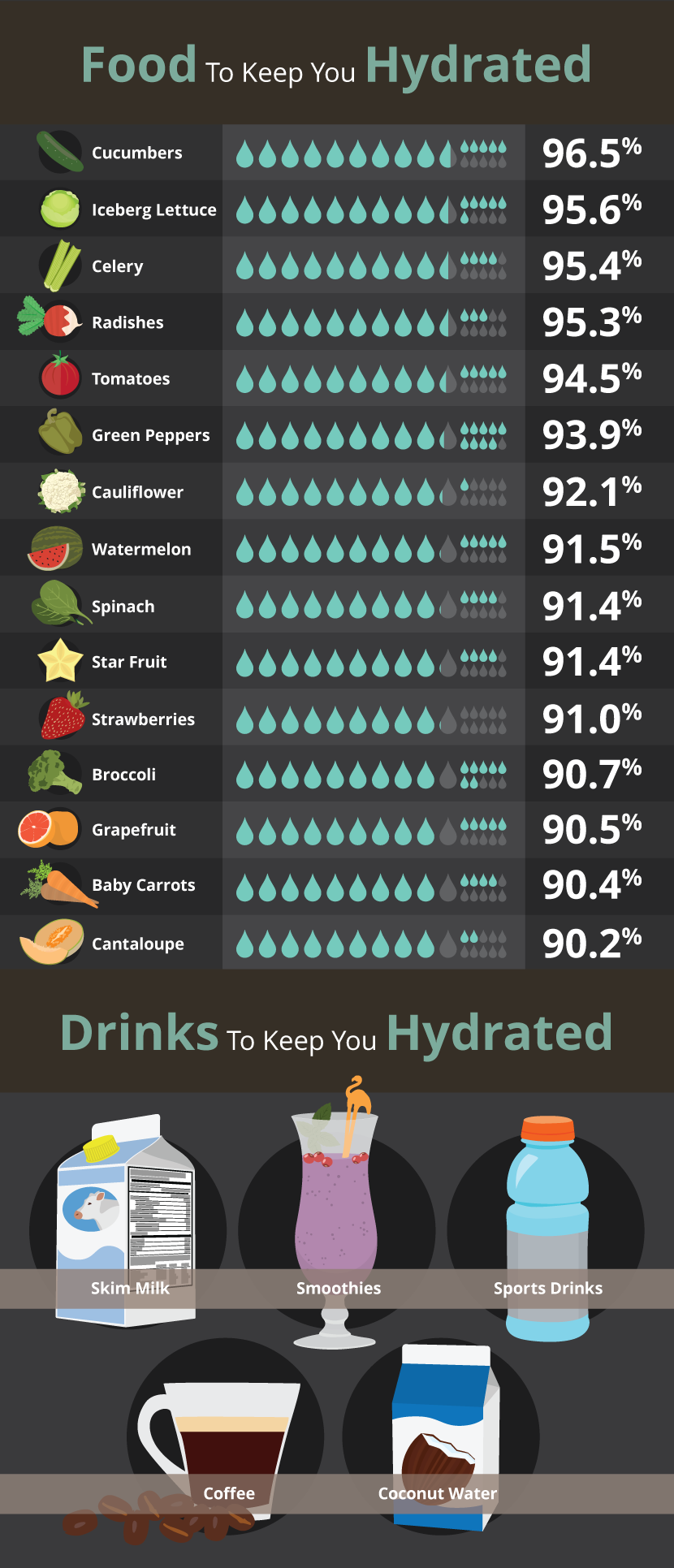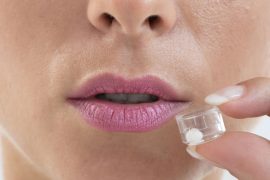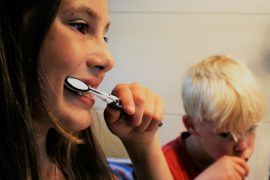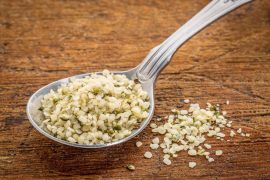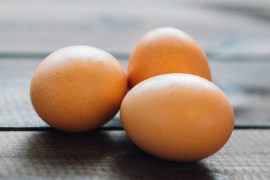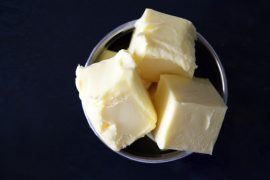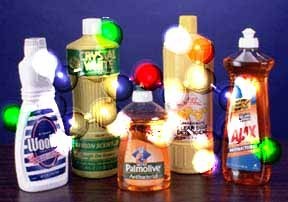I’ve never quite understood the fascination with pee and poop – past the age of potty training, that is. It’s one thing for a four-year-old to be proud of herself for pooping in the potty, quite another for grown adults with jobs, chores, and relationships – a life – to obsess over the toilet and its contents. Nevertheless, it can be a subject fraught with anxiety. Let me try to put your mind at ease, so you can pay attention to more interesting things than your products of excretion.
Pee And Poop: What They Are, Where They Come From
Pee and poop, also known as urine and stool or feces, are the body’s waste products. They are things you don’t need, like when you take out your garbage.
Urine is produced by the kidneys, a pair of, well, kidney-shaped organs in the middle of your back on either side of your spine, deep inside. Kidneys filter your entire blood volume about every five minutes, but they concentrate what they filter down to about a liter of urine a day, give or take. They make sure to hang onto things like protein and glucose, so when these and some other substances spill over into the urine, it’s either because the kidneys are malfunctioning or, more often, there’s just too much of them in the blood. The most important job of the kidneys is maintaining the balance of water and salt in your body, which is also how they help regulate your blood pressure. It doesn’t matter how much salt or water you consume – healthy kidneys will get rid of precisely the right amount of each to keep your body in perfect balance.
Urine also contains water-soluble substances that you don’t need. (Fat-soluble wastes come out in stool.) This includes metabolized medications, all those excess B vitamins your chiropractor convinced you to buy from him, and various dyes and coloring agents found in food. The most common cause of green urine is blue food coloring found in popsicles, Kool-Aid, and other drinks.
Stool is what’s left over at the end of the digestive tract when all the nutrients have been extracted and absorbed from our food. It’s mainly composed of water, bacteria and other cells, gel-like residue from the digestion of soluble fiber, and insoluble fiber like that found in corn and bran. Most of the water is resorbed in the colon, the last part of the digestive tract. So the longer the stool stays there, the less water it has and the harder it gets. That’s why bulkier stools that hold more water are softer.
I said before that fat-soluble wastes are excreted in the stool. This is where the liver comes in. The liver is the body’s metabolic powerhouse. Everything absorbed by our intestines passes through the liver first, where it tries to metabolize dangerous substances into harmless ones, and it does a pretty darn good job. Everyone worries about damaging their liver with drugs, and that’s sometimes a concern. But the liver has a tremendous ability to regenerate itself, so you have to work pretty hard to seriously damage it. The worst liver toxin is alcohol.
Water-soluble metabolites go back into the bloodstream so the kidneys can filter them out, but fat-soluble ones are excreted into bile. Bile is a blackish, brownish, greenish fluid made of cholesterol, bile acids, and bile salts. It’s made by the liver and stored in the gall bladder until it’s needed in the intestine, where it helps us digest fat. Among other things, bile is what gives normal stool its brown color. (This is why white or light-gray stool can signal a problem with the normal flow of bile.)
This article is reprinted with permission from fix.com
 About the Author:
About the Author:
Dr. Lucy Hornstein has been practicing Family Medicine in suburban Philadelphia since 1989. She has also been blogging for the last ten years at Musings of a Dinosaur: www.dinosaurmusings.wordpress.com .


